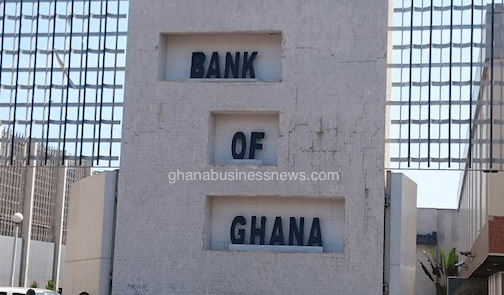The Monetary Policy Committee (MPC) of the Bank of Ghana has lowered the policy rate by 200 basis points to 27 per cent, citing improved macroeconomic conditions.
In the assessment of the Committee, preliminary data since the last MPC meeting held in July 2024 indicates that macroeconomic conditions have generally improved.
Dr Ernest Addison, the Governor of the Bank of Ghana, speaking at 120th MPCs a press briefing said the external environment had improved since the last MPC meeting as global economic activity remained resilient in the second quarter of 2024.
He said growth was supported by private and government spending, a resilient services sector and declining oil prices.
Additionally, the anticipated policy easing cycle initiated by major central banks in advanced economies, in response to declining inflation rates, have also been supportive of growth and these conditions are favourable for the domestic economy.
The Governor said the domestic economy continued to recover, evidenced by the stronger than expected Gross Domestic Product outturn for the second quarter of 2024.
He said the growth in the second half of the year was also expected to be firm, supported by sustained activities in the construction sector, consumption of goods and services by households and firms, exports of gold and crude oil production, as well as banks’ extension of credit to the private sector.
He said the external payment position continued to improve, characterized by higher trade surplus, and strong reserves build-up.
Notably, the robust growth in gold exports has helped to improve the trade surplus and international reserves, complemented by external financial inflows from the IMF and the World Bank.
He said these together had contributed to an improved balance of payments position in the first half of 2024.
Dr Addison said looking ahead to the end of the year, the balance of payments was projected to achieve a surplus, driven by increased exports, stronger remittance growth, and lower government external payments.
He said the headline inflation had eased, and growth picked up, coupled with a robust fiscal policy implementation, providing an impulse that was supportive of growth, while monetary conditions have remained tight and supportive of the disinflation process.
“Headline inflation, since the first quarter, has declined for 5 consecutive months by 5.4 percentage points,” he added.
He said the core inflation had also declined sharply over the same comparative period by 6.9 percentage points and these trends suggest that the disinflation process was on course.
He said the latest forecasts showed that inflation would continue to ease towards the range target of 13-17 per cent for the year and steadily track back towards the medium-term target of 6-10 per cent by the end of 2025, barring unanticipated shocks.
At the current juncture, the committee judged the risks to inflation outlook as balanced.
He said global growth continued at a steady pace in the second quarter of 2024, supported by stronger spending, a resilient services sector, and declining crude oil prices.
“Global inflation continues to slow down, on account of declining crude oil prices, food prices and moderating wage growth and the Central banks in major Advanced Economies have begun the much-anticipated policy easing cycle amid declining inflation rates,” he added.
Source: GNA


















